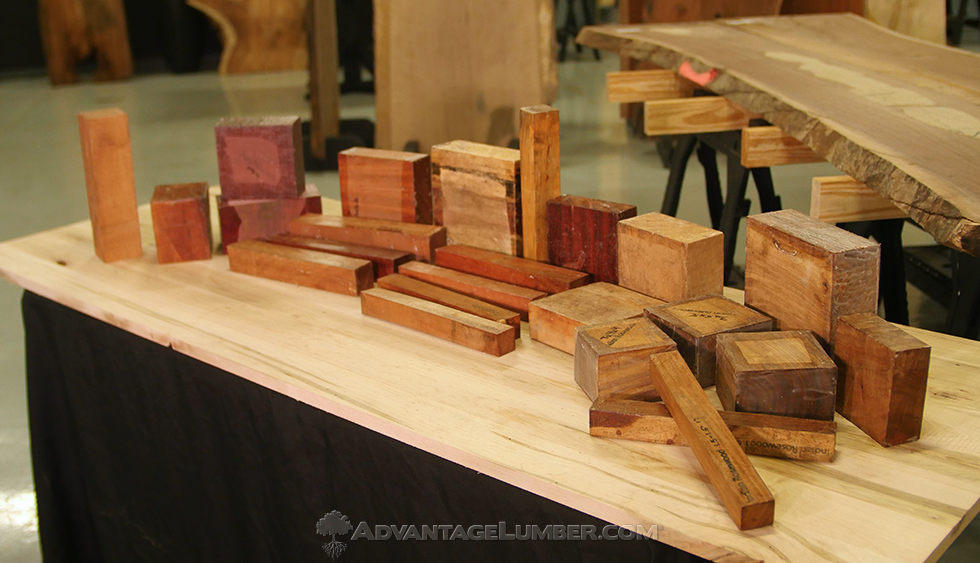- Scientific Name
- Prunus serotina
- Common Name(s)
- Black Cherry, American Cherry, Wild Cherry, Cabinet Cherry
- Distribution
- North America
- Average Dried Weight
- 35 lbs/ft3 (560 kg/m3)
- Specific Gravity
- Basic: 0.47, 12% MC: 0.56
- Janka Hardness
- 950 lbf (4,230 N)
- Modulus of Rupture
- 12,300 lbf/in2 (84.8 MPa)
- Elastic Modulus
- 1,490,000 lbf/in2 (10.3 GPa)
- Crushing Strength
- 7,110 lbf/in2 (49.0 MPa)
- Shrinkage
- Radial: 3.7%, Tangential: 7.1%,
- Appearance
- Black Cherry heartwood varies from rich red to reddish-brown. The sapwood is white.
- Texture
- It has a fine, straight grain with narrow brown pith flecks and small gum pockets. It has a smooth texture.
- Rot Resistance
- Moderately durable. Sapwood is susceptible to attack by common furniture beetle. Heartwood is moderately resistant to preservative treatment.
- Workability
- Works easily with hand and power tools. Moderate blunting effect on cutters. Nails, glues, and stains well. Polishes to an excellent finish.
- Odor
- Mild, distinctive scent when worked.
- Allergies/Toxicity
- Sawdust can cause respiratory effects such as wheezing.
- Pricing/Availability
- Adequate supply. Mid to upper price range for domestic hardwoods.
- Sustainability
- This wood species is not listed in the CITES Appendices, and is reported by the IUCN as being a species of least concern.
- Common Uses
- Cabinetry, fine furniture, flooring, interior millwork, veneer, turned objects, and small specialty wood items.
- Comments
- The reddish-brown patina that makes black cherry lumber so popular develops with age. The aging process is accelerated by sunlight. While black cherry fruit is edible, most edible cherries come from Prunus avium (Sweet Cherry), which is native to Europe and Asia.


